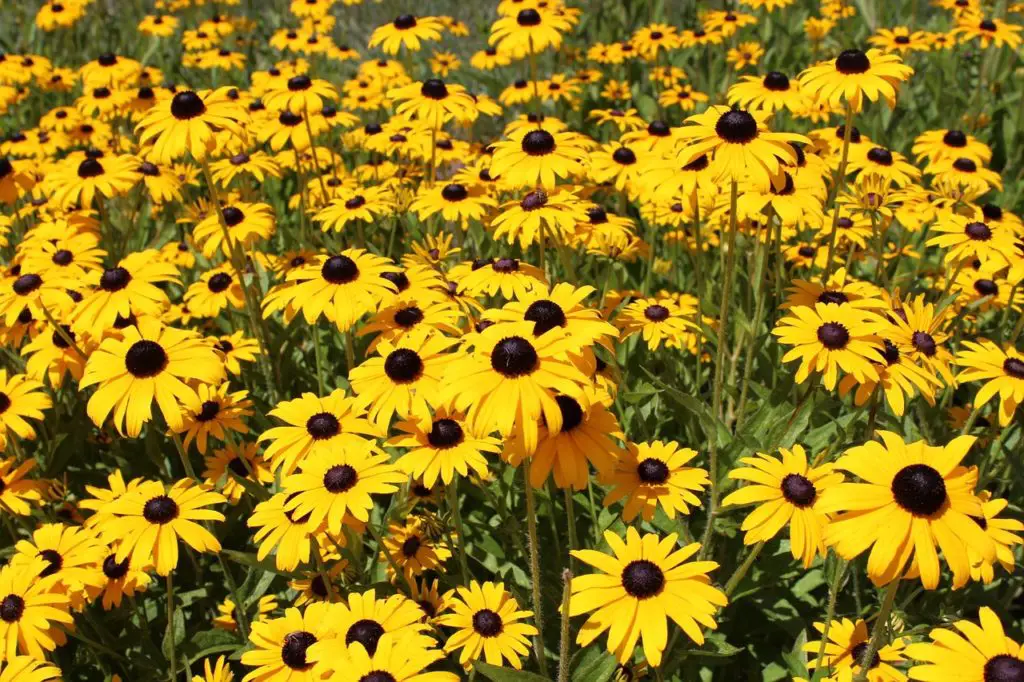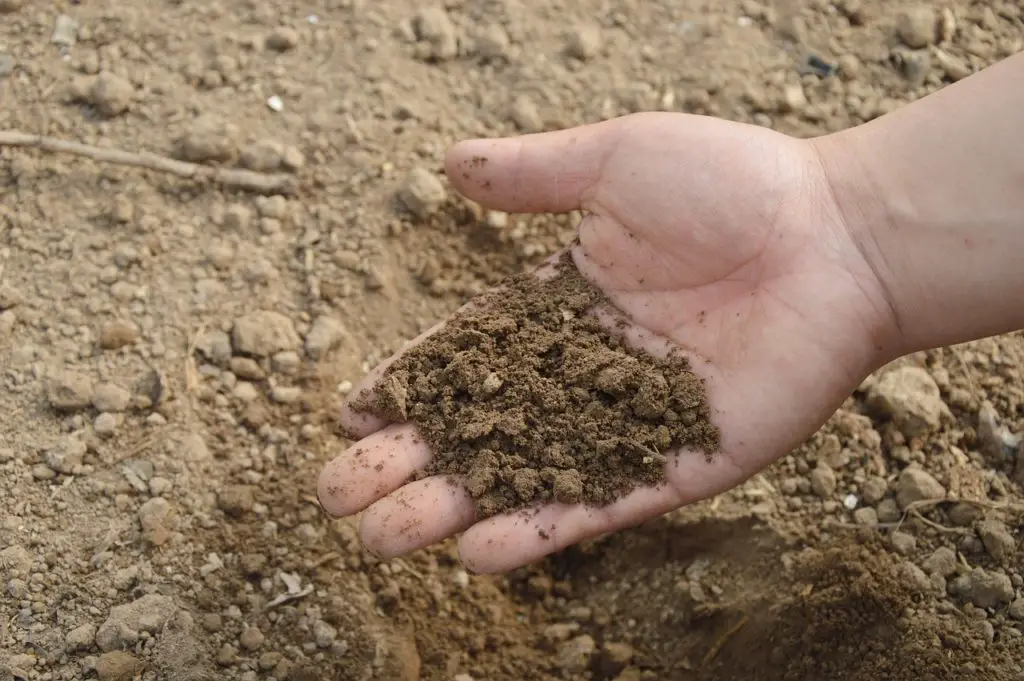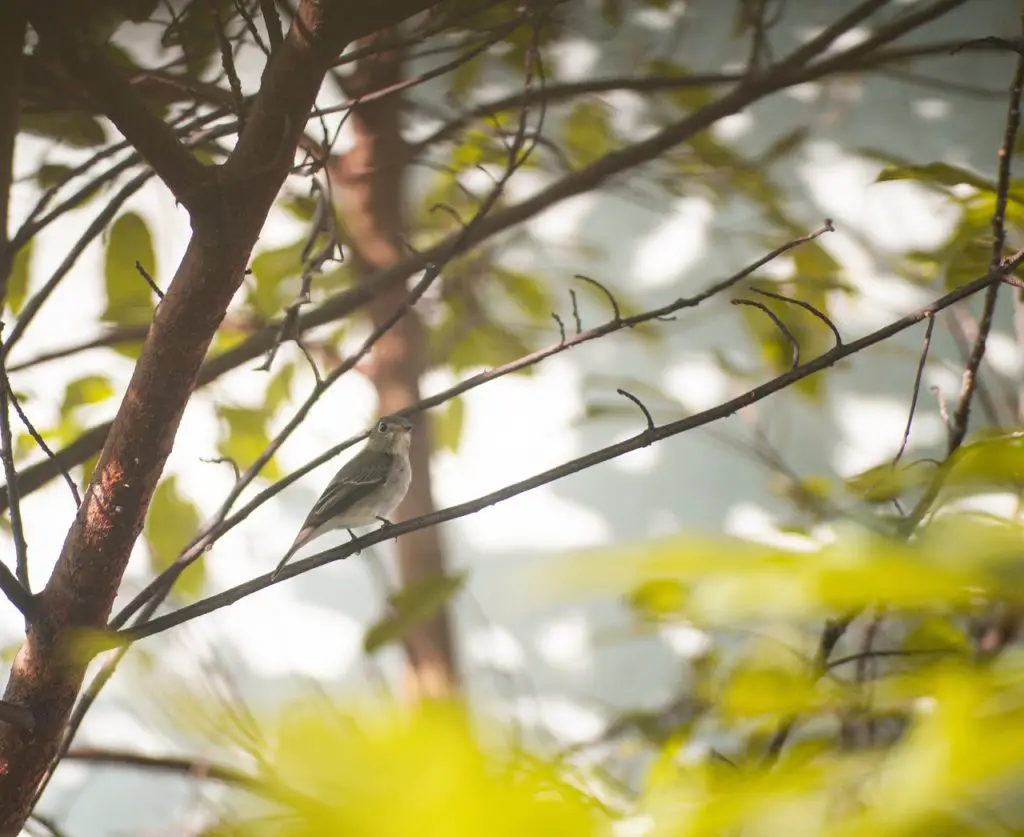According to a report from The Globe and Mail, there are now a billion fewer birds in North America compared to 40 years ago. Furthermore, around a fifth of bird species on the continent face the risk of population collapse within the next few decades.
You can play a role in helping these birds survive the winter by taking it easy on yard work this fall.
Let’s discuss how a messy yard is beneficial for birds during the cold winter months, as it provides them with food and shelter.
Top 5 Tips to Help Birds Survive Winter
Save the Seeds
Preserving the seeds of perennial blooms contributes significantly to ecological balance. By refraining from cutting back the stems of perennial flowers such as coneflowers and Black-Eyed Susans during autumn, we help sustain various bird species throughout the harsh winter months.
The seed heads of these native wildflowers are packed with essential nutrients, providing a natural, vital food source for avian wildlife when other resources are scarce. This practice not only strengthens the bird population but also enhances biodiversity, establishing a symbiotic relationship between flora and fauna.
Furthermore, these seeds, left undisturbed, ensure natural propagation and the continued beauty and health of our gardens and local ecosystems.
Leave the Leaves
Opting to “leave the leaves” on your property during autumn is an environmentally conscious decision with far-reaching benefits for local ecosystems. Fallen leaves contribute to soil fertility as they decompose, releasing essential nutrients and enhancing soil structure, which encourages robust plant growth in subsequent seasons.
These natural ground coverings also offer crucial foraging grounds for various creatures, from insects to birds, promoting biodiversity. Furthermore, a leaf layer can protect delicate organisms like salamanders, snails, worms, and toads, providing them with a safe haven from predators and harsh weather conditions.
This simple, eco-friendly practice supports numerous life cycles, fostering a healthier, more balanced garden environment and aiding local wildlife sustainability.
Build a Brush Pile
Constructing a brush pile using deadwood and fallen branches is a constructive approach to enhancing wildlife sustainability in your backyard. This deliberate yet simple habitat mimicry is a haven for various creatures. For birds, it’s an invaluable shelter against harsh conditions and a defensive hideout against predators.
Similarly, terrestrial wildlife, including rabbits and snakes, often seek refuge within the tangled safety of brush piles, which simulate natural protective environments. Besides offering immediate shelter, these piles ensure a micro-ecosystem’s survival, fostering insect life that, in turn, serves as a food source for brush pile inhabitants.
This conservationist strategy supports biodiversity, promoting a balanced ecosystem right in our yards.
Skip the Chemicals
Choosing to skip synthetic chemicals in garden maintenance is a decisive step towards nurturing a thriving, eco-friendly habitat. Common fertilizers and herbicides, though effective for plant growth and aesthetics, often disrupt local ecosystems, particularly posing health risks to birds and beneficial insects.
These substances can contaminate their food sources and water, leading to toxic environments. Instead, encouraging the growth of native flora like grasses, shrubs, and flowers, which are inherently equipped to thrive in their local soil, proves more sustainable.
Utilizing organic matter such as grass clippings or mulched leaves as natural fertilizers not only recycles nutrients but also supports the complex interdependent relationships within the ecosystem. This holistic approach ensures a vibrant, hospitable, and resilient garden that contributes to broader environmental well-being.
Hit the Nursery
Visiting a nursery to invest in native vegetation is a wise, environmentally attuned decision. Indigenous shrubs and trees, such as dogwoods, hawthorns, and sumacs, acclimatize easily, demanding fewer resources like water, fertilizer, or pesticides.
These plants are evolutionarily designed to thrive in local conditions while providing year-round benefits for wildlife. Their berries serve as vital nourishment for birds during scarce winter months, and their foliage adds diverse colors and textures to your landscape. Evergreen species like cedars and firs are instrumental in offering shelter and sustenance, ensuring survival during harsh conditions.
Additionally, planting late-blooming perennials like asters and sages extends the feeding season for birds and attracts pollinators like butterflies, enriching the garden’s ecological tapestry. This strategic selection of flora enhances biodiversity, supports local wildlife health, and contributes to a more sustainable, resilient ecosystem.
By following these tips, you can create a bird-friendly habitat in your yard and contribute to the survival and well-being of bird populations.
Other Tips to Help Birds Survive
As winter approaches, birds face several survival challenges due to harsh weather conditions, scarcity of food, and inadequate shelter. However, there are various measures that individuals can take within their environments to aid these creatures. Here are comprehensive tips on how to help our avian friends during the winter months.
- Provide Food in Feeders: Setting up bird feeders is one of the most effective ways to assist birds in winter. During this season, their natural food sources become scarce. Offering a variety of seeds, such as sunflower seeds, thistle seeds, and other high-energy options, can be beneficial. Suet, a high-energy, easily digestible food, is also ideal for many bird species. Remember to regularly clean the feeders to prevent the spread of disease.
- Ensure Access to Liquid Water: Birds need water for drinking and bathing, even during winter. An unfrozen source of water can be a lifeline. Heated birdbaths or adding a heating element to regular birdbaths can prevent the water from freezing and provide birds with a much-needed water source.
- Offer Natural Food Sources: In addition to feeders, consider planting native trees, shrubs, and plants that produce berries, nuts, seeds, and fruits. Plants such as holly, juniper, and crabapple can provide food throughout the winter, helping a wide variety of birds sustain themselves.
- Create Safe Habitats: Birds need protection from harsh weather and predators. Leaving dead trees, also known as “snags,” can provide essential habitat for birds. You can also create a brush pile in your yard using fallen branches, twigs, and leaves, providing birds with shelter from the cold and protection from predators.
- Install Birdhouses and Roosting Boxes: Providing birdhouses and roosting boxes can help birds survive the cold winter nights. Roosting boxes differ from traditional birdhouses in that they provide communal shelter for birds to huddle together for warmth. Ensure these shelters are clean and located in areas safe from predators.
- Minimize Window Collisions: Birds can mistake the reflection of trees for the real thing and fly into windows, leading to injury or death. To prevent this, apply decals to the windows, draw curtains, or use bird-friendly window films to make the windows visible to birds.
By taking these steps, individuals can contribute significantly to protecting bird populations during the challenging winter months, ensuring their survival and promoting biodiversity in local ecosystems. These actions, small or large, have a cumulative effect on bird conservation and underscore our role in the broader environmental stewardship.
Protecting Bird Populations for the Future
The declining bird populations in North America are a cause for concern, but each of us can do our part to help reverse this trend. By making simple changes to our yard maintenance routines, we can create a supportive habitat for birds during the winter.
Alongside broader conservation efforts, these small actions can make a big difference in protecting avian populations and preserving the ecosystems they contribute to. Let’s work together to ensure the survival and well-being of our feathered friends.

This Site Was Inspired By An Interest in Protecting the Environment:
We had the privilege and joy of learning from Dr. Charlie Stine who instilled a love for the natural world through incredible field trips with the Johns Hopkins Odyssey Certificate program in Environmental Studies. At the time, the program was endorsed by the Maryland Department of Natural Resources. Sadly, after Dr. Stine retired, the program was phased out. We hope that we honor his legacy by shining a bright light on environmental issues and sharing good news about the success of various conservation programs when possible.





